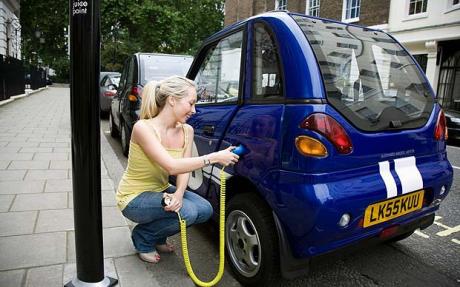Battery Cars A to Z
 Battery powered cars are a hot topic and widely debated. The pros, cons, issues and time frames can be talked about endlessly. An article by the Telegraph looks at some of the issues in an A to Z format:
Battery powered cars are a hot topic and widely debated. The pros, cons, issues and time frames can be talked about endlessly. An article by the Telegraph looks at some of the issues in an A to Z format:
- A is for AC/DC. Not the band, but alternating current ... ... etc.
- B is for Bad cars. ... ...
- C is for Cost. ... ...
- Etc., etc. ...
While not an in depth study of all (or any individual) issue it does pull together in an easy to read form much of the technology and many of the issues. An interesting read especially if your not an electric car expert and just want a quick overview of the current situation.
You can find the article at:
http://www.telegraph.co.uk/motoring/green-motoring/7611253/Battery-car-A-to-Z.html